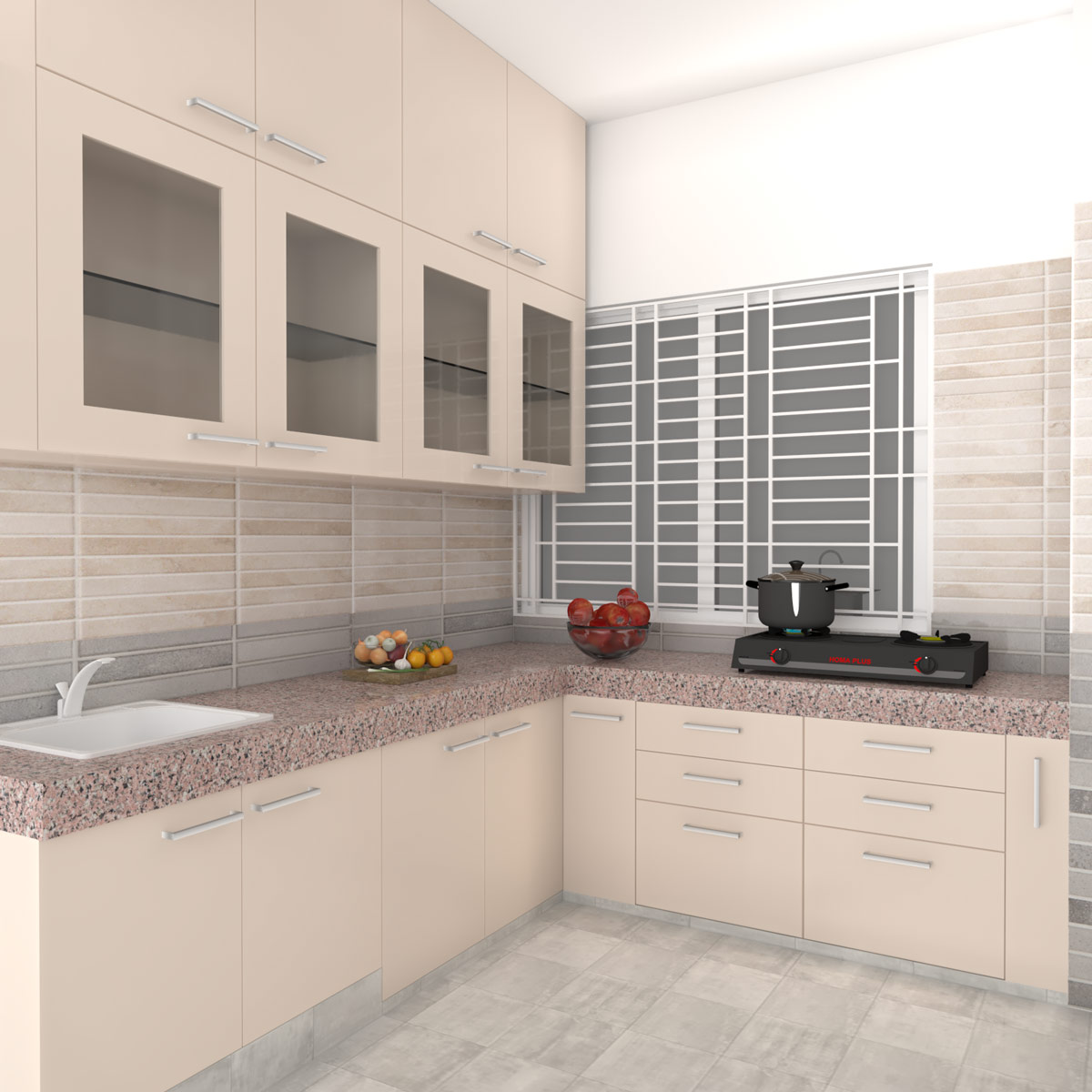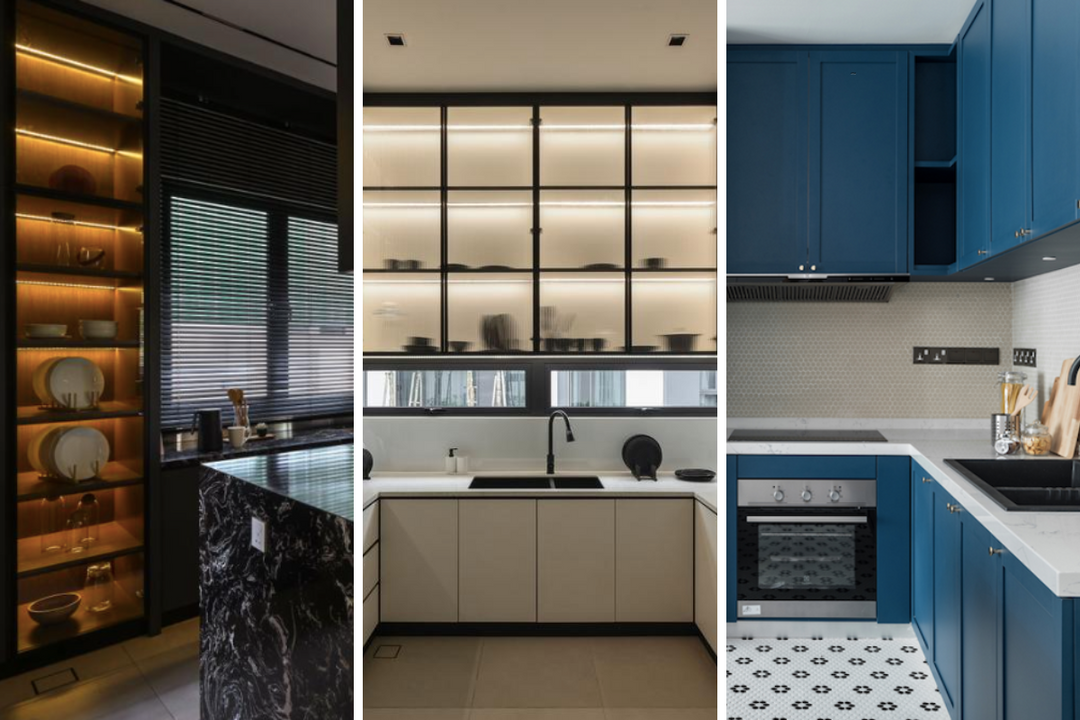Understanding Asian Kitchen Design Principles: Asian Kitchen Cabinets Design

Asian kitchen design is a fascinating blend of functionality, aesthetics, and cultural significance. It reflects a deep appreciation for natural materials, simplicity, and harmony. This approach creates spaces that are not only visually appealing but also promote a sense of peace and tranquility.
Cultural Influences on Asian Kitchen Design
Cultural traditions and aesthetics play a significant role in shaping Asian kitchen design. For instance, the emphasis on family and communal dining in many Asian cultures translates into kitchens that are designed for gathering and socializing. This often involves incorporating large dining tables or counters where family and friends can come together.
Popular Asian Kitchen Styles
- Japanese Kitchens: Japanese kitchens prioritize minimalism and functionality. They often feature clean lines, natural materials like wood and bamboo, and a focus on organization. The use of tatami mats and shoji screens adds a sense of traditional elegance.
- Chinese Kitchens: Chinese kitchens are known for their vibrant colors, intricate details, and use of traditional materials like lacquered wood and porcelain. The emphasis is on creating a space that is both functional and visually stimulating. The incorporation of elements like red lanterns and calligraphy adds a touch of cultural flair.
- Korean Kitchens: Korean kitchens are characterized by a blend of traditional and modern elements. They often feature a combination of natural materials like wood and stone, along with modern appliances. The use of bright colors and bold patterns adds a sense of vibrancy and energy.
Materials, Colors, and Textures in Asian Kitchens
- Materials: Natural materials like wood, bamboo, stone, and ceramic are commonly used in Asian kitchens. These materials not only add a sense of warmth and authenticity but also promote a connection to nature.
- Colors: The color palette in Asian kitchens varies depending on the specific style. However, earthy tones like brown, beige, and green are often favored, as they create a sense of calm and serenity. Vibrant accents like red, yellow, and blue are also used to add pops of color and personality.
- Textures: Asian kitchens often incorporate a variety of textures to create visual interest and depth. Rough-hewn wood, smooth stone, and woven bamboo are just a few examples of textures that are commonly used.
Exploring Asian Kitchen Cabinet Styles

Asian kitchen cabinet design goes beyond mere aesthetics; it embodies a rich cultural heritage and a deep understanding of functionality. These cabinets seamlessly integrate with the overall kitchen design, creating a harmonious and inviting space.
Traditional Asian Kitchen Cabinet Layouts
Asian kitchen cabinet layouts often prioritize efficiency and functionality. They are characterized by clean lines, minimalist designs, and a focus on maximizing storage space. Traditional layouts typically incorporate a combination of open shelving, closed cabinets, and a central island or peninsula. This arrangement promotes a sense of openness while maintaining a structured and organized kitchen environment.
- Open Shelving: Open shelving provides a visual display of dishes, cookware, and decorative items, creating a welcoming and inviting ambiance. It also allows for easy access to frequently used items.
- Closed Cabinets: Closed cabinets are essential for storing less frequently used items or items that need to be concealed. They maintain a clean and uncluttered look, creating a sense of order and harmony.
- Central Island or Peninsula: A central island or peninsula serves as a multi-functional space for cooking, dining, and socializing. It can incorporate cabinets, drawers, and a countertop for preparing food, serving meals, and gathering with family and friends.
Asian-Inspired Cabinet Finishes and Materials
Asian kitchen cabinets often feature natural materials and finishes that reflect the region’s rich cultural heritage. These materials are known for their durability, beauty, and ability to create a warm and inviting atmosphere.
- Wood Types: Popular wood types used in Asian kitchen cabinets include teak, cherry, walnut, and bamboo. These woods are known for their durability, rich colors, and distinctive grain patterns.
- Lacquer: Lacquer is a traditional Asian finish that is known for its durability, gloss, and vibrant colors. It is often applied to cabinets to create a smooth and elegant surface.
- Bamboo: Bamboo is a sustainable and eco-friendly material that is commonly used in Asian kitchen cabinets. It is known for its natural beauty, light weight, and strength.
Incorporating Traditional Asian Hardware
Traditional Asian hardware, such as handles and pulls, adds a touch of elegance and sophistication to kitchen cabinets. These hardware pieces often feature intricate designs and materials that complement the overall Asian aesthetic.
- Metal Handles: Metal handles, such as those made of brass, copper, or bronze, are often used in Asian kitchen cabinets. They can be simple and minimalist or elaborate and ornate, depending on the desired style.
- Ceramic Knobs: Ceramic knobs are another popular choice for Asian kitchen cabinets. They come in a wide range of colors and designs, from simple and understated to bold and decorative.
- Bamboo Handles: Bamboo handles offer a natural and sustainable option for Asian kitchen cabinets. They can be crafted into various shapes and sizes, adding a touch of rustic charm.
Popular Asian Kitchen Cabinet Brands and Manufacturers, Asian kitchen cabinets design
Several reputable Asian kitchen cabinet brands and manufacturers offer a wide selection of styles, materials, and finishes. These companies are known for their craftsmanship, attention to detail, and commitment to quality.
- Hafele (Germany): Hafele is a global manufacturer of furniture hardware and fittings, including kitchen cabinet hardware. They offer a wide range of Asian-inspired hardware options.
- Blum (Austria): Blum is another leading manufacturer of furniture hardware, including kitchen cabinet hinges, drawers, and runners. They offer a variety of Asian-inspired hardware options.
- Kesseböhmer (Germany): Kesseböhmer is a specialist in kitchen cabinet hardware, offering a wide range of high-quality hinges, drawers, and runners. They offer a selection of Asian-inspired hardware options.
Designing for Functionality and Storage
Asian kitchens, known for their efficiency and practicality, prioritize maximizing space and functionality. This is achieved through thoughtful design and the use of unique storage solutions that are tailored to the specific needs of Asian cooking.
Unique Storage Solutions in Asian Kitchens
Asian kitchens often feature a variety of innovative storage solutions that maximize space and keep items organized. These solutions cater to the specific needs of Asian cooking, which often involves using a wide range of ingredients and tools.
- Pull-out shelves and drawers: These maximize accessibility and visibility, making it easier to find and retrieve ingredients. They are especially useful for storing heavy items like rice cookers and large pots.
- Vertical storage: This solution utilizes vertical space effectively, especially in smaller kitchens. Wall-mounted shelves, hanging baskets, and magnetic strips are used to store frequently used items like spices, utensils, and cookware.
- Multi-level storage: Asian kitchens often incorporate multiple levels of storage, such as tiered shelves, pull-out baskets, and stacked drawers. This allows for efficient use of space and makes it easier to organize different types of ingredients and tools.
- Under-cabinet storage: This is a valuable solution for storing items that are not frequently used. Under-cabinet organizers, pull-out drawers, and sliding shelves are commonly used to maximize this space.
Types of Asian Kitchen Cabinets and Storage Features
Asian kitchen cabinets are designed with functionality and storage in mind, offering a variety of features that cater to the specific needs of Asian cooking.
| Cabinet Type | Storage Features |
|---|---|
| Base Cabinets | Deep drawers, pull-out shelves, sliding shelves, built-in spice racks, utensil dividers |
| Wall Cabinets | Open shelves, glass-front cabinets, pull-down shelves, magnetic strips, hanging baskets |
| Pantry Cabinets | Adjustable shelves, pull-out drawers, wire baskets, built-in organizers |
| Island Cabinets | Built-in cutting boards, integrated storage for appliances, hidden compartments for trash and recycling |
Maximizing Space in an Asian Kitchen with Smart Storage Solutions
- Utilize vertical space: Wall-mounted shelves, hanging baskets, and magnetic strips can be used to store frequently used items, freeing up valuable counter space.
- Employ multi-level storage: Tiered shelves, pull-out baskets, and stacked drawers allow for efficient use of space and make it easier to organize different types of ingredients and tools.
- Maximize corner space: Corner cabinets with rotating shelves or pull-out drawers can be used to store items that are not frequently used, making the most of this often-neglected space.
- Utilize under-cabinet storage: Under-cabinet organizers, pull-out drawers, and sliding shelves can be used to store items that are not frequently used, freeing up valuable cabinet space.
- Consider built-in appliances: Integrating appliances like ovens, microwaves, and dishwashers into the cabinetry design can save valuable floor space and create a more streamlined look.
Incorporating Traditional Asian Cooking Tools and Appliances
Traditional Asian cooking tools and appliances are essential for preparing authentic Asian dishes. Incorporating these items into the kitchen design is crucial for both functionality and aesthetic appeal.
- Rice cookers: These are essential for preparing rice, a staple food in many Asian cuisines. They can be built into cabinetry or placed on a designated countertop space.
- Wok: This versatile cooking pan is used for stir-frying, deep-frying, and steaming. A wok can be hung from a rack or placed on a dedicated wok stand.
- Steaming baskets: These are essential for preparing healthy and flavorful dishes. They can be stored in a drawer or hung from a rack.
- Chopsticks: These are used for eating and cooking in many Asian cultures. They can be stored in a dedicated drawer or on a countertop stand.
- Spice jars: These are essential for storing and organizing spices, which are widely used in Asian cooking. They can be placed on a designated spice rack or stored in a drawer.
Asian kitchen cabinets design – Asian kitchen cabinets are all about sleek lines and minimalist design, right? But what about adding a touch of warmth and coziness? Think about incorporating a hydronic heater wall cabinet to your kitchen design. It’s a stylish way to add warmth without sacrificing that clean aesthetic, and it’ll keep you toasty even on the coldest of days.
Plus, it’s a great way to add a little personality to your kitchen’s design!
Asian kitchen cabinet design is all about blending modern and traditional elements. From sleek lacquered finishes to intricate carvings, there’s a style for every taste. If you’re looking for a pop of color, teal cabinets with black countertops can add a touch of sophistication and vibrancy.
This color combo is a perfect example of how Asian kitchen design can be both bold and refined.

